In March 2022, the EU and the U.S. unilaterally condemned the Russian invasion of Ukraine and voiced strong support of Ukrainian independence in the Versailles Declaration.
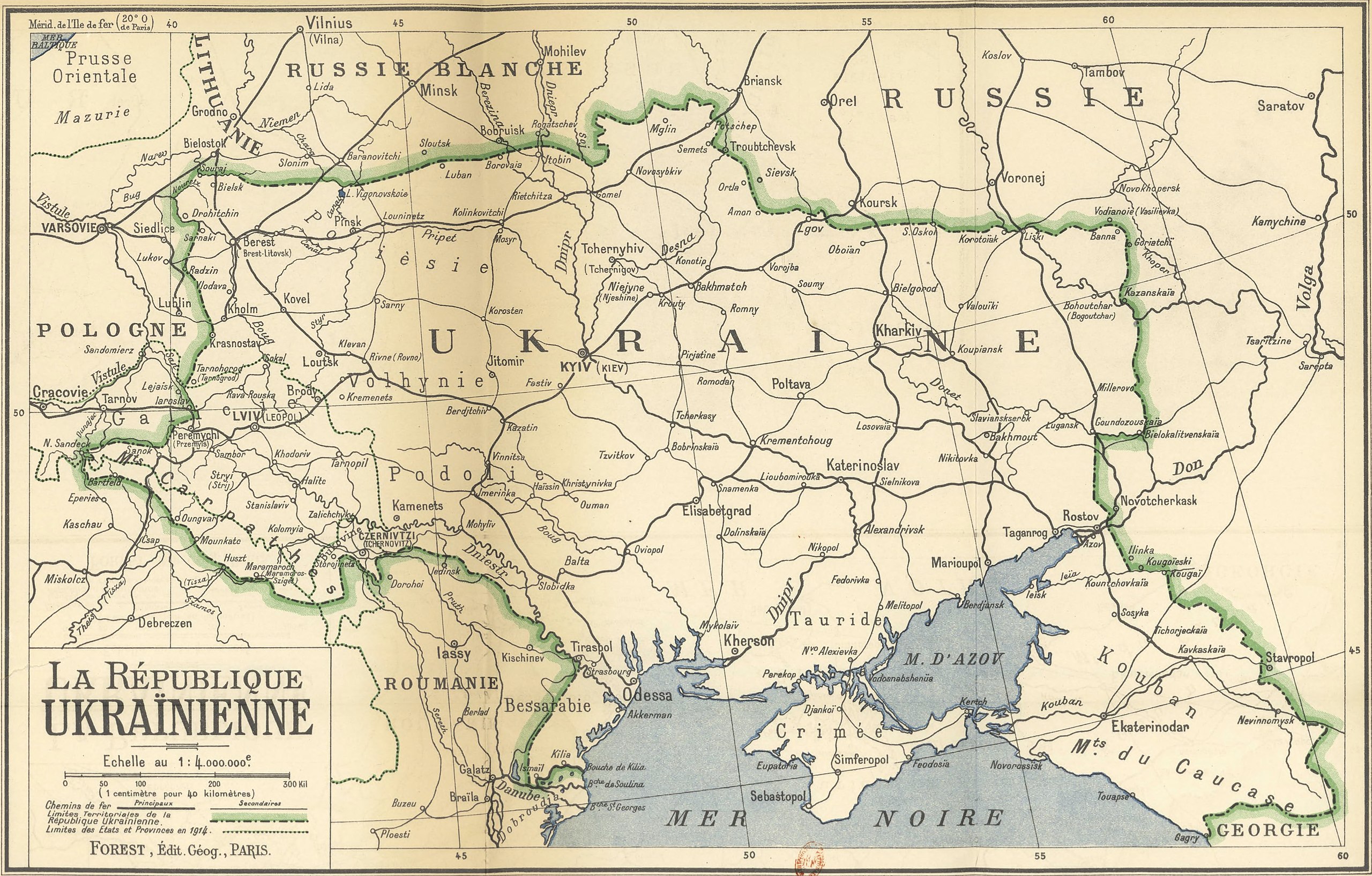
By contrast, in the Versailles Treaty of June 1919 that brought an end to World War I, the Allies did not recognize Ukrainian independence. Few of the Treaty’s critics then were at all bothered about Ukraine’s absence from the bevy of newly recognized countries that emerged after the Great War.
A century ago, war raged in Ukraine while the politicians in Paris talked. Between 1917 and 1923, its people lived through a national revolution, social revolution, foreign invasion, civil war, and a war of national liberation. Civilian casualties were enormous, and atrocities were frequent. Popular loyalties changed more than once, until in 1923, famine, Ukrainian exhaustion, and overwhelming Bolshevik military superiority resulted in the final consolidation of the Ukrainian Socialist Soviet Republic.
Six years before, in March 1917, Ukrainian socialists in Kyiv created the Central Rada and then proclaimed the Ukrainian National Republic (UNR) in November. The UNR claimed authority over the Ukrainian provinces of the Russian empire. During the Bolshevik invasion in January 1918, the UNR government fled Kyiv then returned that March, allied with Germany.
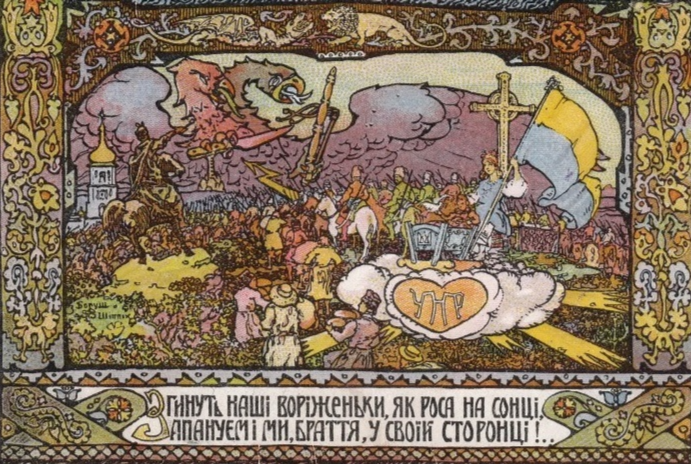
On April 29, 1918, Ukrainian general Pavlo Skoropadsky, backed by the Central Powers, landowners, manufacturers, and wealthy farmers, overthrew the Rada to form a neo-monarchist regime called the Ukrainian State with himself as Hetman. Skoropadsky abdicated one month after Germany’s surrender in November 1918.
His opponents proclaimed a re-established UNR in January 1919 that now included eastern Galicia (western Ukraine). These former Habsburg territories also had leaders with their own independence in mind and they had formed the Western Ukrainian National Republic (ZUNR) in November 1918.
UNR borders fluctuated with the fortunes of war. The UNR fought the Bolsheviks, the Whites, and Nestor Makhno’s anarchists in the east and south. The ZUNR fought a Polish invasion in the west until it was defeated in June 1919.
In the UNR, the Ukrainian Party of Socialist Revolutionaries (SRs) and the Ukrainian Social Democratic Labor Party (SDs) were the ruling parties. Their left wings were ideologically pro-Bolshevik and in early 1919 formed separate parties that rallied Ukrainian support for the Bolsheviks.
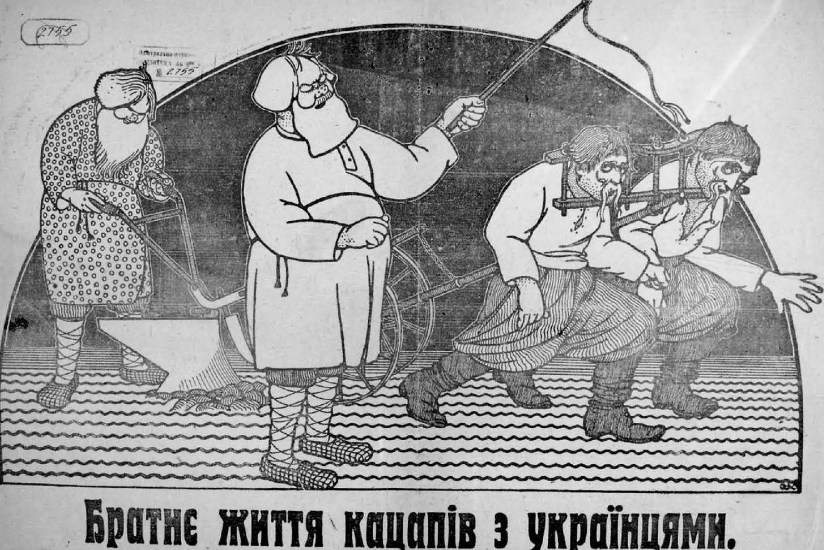
coexistence of Ukrainians and Russians disseminated in Bolshevik propaganda (1919). Caption: “The fraternal life of Russkies with Ukrainians.” From the author’s collection (Kyiv, Tsentralna Naukova Biblioteka im. Vernadskoho (TsNB) --viddil plaket.)
By the end of that year, the UNR had collapsed. But until the end of 1922, people alienated by Bolshevik terror and brutality supported anti-Bolshevik warlords (otaman) fighting Red Army troops.
While national leaders were establishing the UNR, the Russian Bolshevik Party’s Ukrainian section seized power in Kharkiv in December 1917. They did not represent a majority of Ukraine’s soviets, but set up a government primarily thanks to Red Guards arrived from Moscow. These Bolsheviks formed a People’s Secretariat that arrived in Kyiv in January 1918, from where the Germans evicted them in March. That month, the Russian Bolsheviks signed the Treaty of Brest-Litovsk, which required them to recognize all the provinces claimed by the UNR as an independent state.
When Germany collapsed in November 1918, the Bolsheviks withdrew their recognition of the UNR and created a second Bolshevik government for Ukraine in the Russian town of Kursk. They proclaimed a Ukrainian SSR in January 1919.
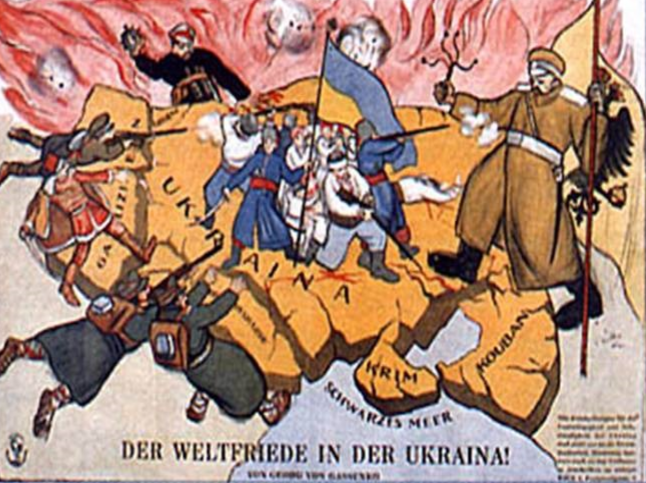
Formally, by 1920, the Bolsheviks ruled former tsarist Ukraine. In reality, control was tenuous outside the big cities where Makhno and the otamans fought a guerrilla campaign that raged through to 1923. As of 1921, Ukrainians faced an almost one million strong Red Army supplemented by more than 206,000 men organized into punishment battalions and requisition squads. These troops used vicious counter-insurgency tactics to destroy Ukrainian armed resistance and its civilian support base.
After the Bolsheviks took control of Russia and declared a unilateral cease-fire on the eastern front in 1917, Entente representatives flocked to Kyiv and promised the Rada men and material to keep it in the war. They actually gave only money. Some went to create armed units from Polish and Czech POWs on Ukrainian territory, and some to bribe Ukrainian leaders.
In January 1918, as the Great War still raged, Great Britain and France offered the Rada de facto recognition hoping to prevent it from signing a treaty with Germany. The UNR, nonetheless, signed the Brest-Litovsk Treaty with the Central Powers that month, after which Entente contacts ended.
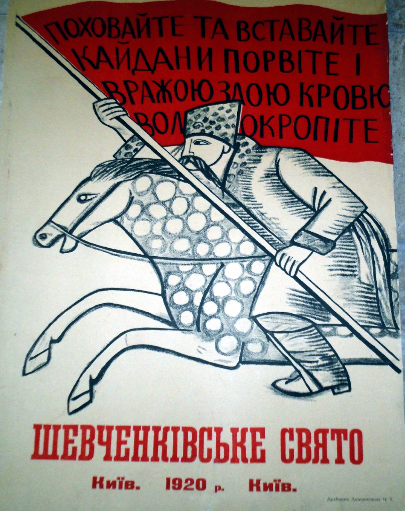
The Bolsheviks occupied Kyiv on the same day Ukrainians signed the Brest-Litovsk Treaty. They signed because they faced a Bolshevik invasion, knew their people were war-weary, and saw no Entente troops or aid forthcoming.
Ukraine’s signing the Treaty was something the British and French leaders found unforgivable. That initiative predisposed them to accept White Russian condemnation of the entire Ukrainian movement and Ukrainian independence as a German invention, and that Ukrainians were no better than Red Russian Bolsheviks. The French regarded the Treaty as nothing less than an act of war and one result of non-recognition was that the Entente blockaded Ukraine.
Alongside the Brest-Litovsk Treaty, an important reason why the allies did not recognize the UNR was its failure to stop the Bolshevik and Polish offensives between March and May 1919. Ukrainian leaders could not unite the many formidable Ukrainian regular and irregular units into one army. Consequently, the Red Army could isolate and destroy units individually.
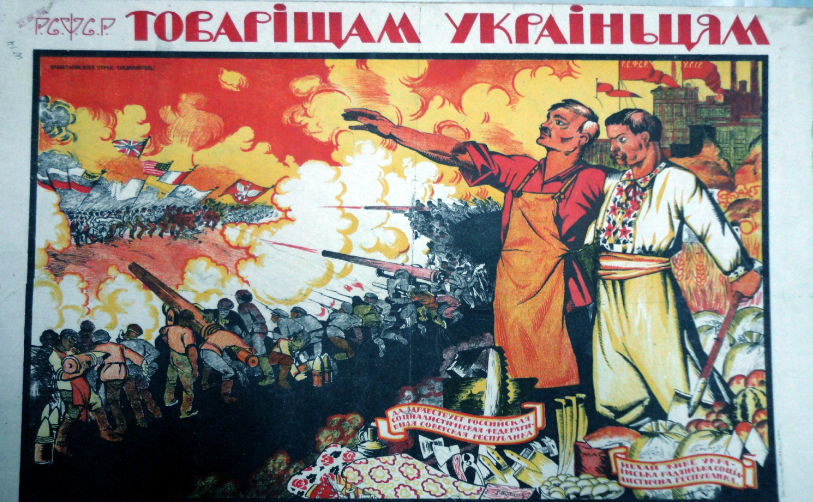
Vladimir Putin invaded Ukraine again in 2014 as had Vladimir Lenin in 1917. Today, however, Ukraine has an independent state recognized internationally that controls all its armed forces. It enjoys international support and now it is Russia that is blockaded thanks to international sanctions.
Citizens of all nationalities now fight what is in effect another war of national liberation against the former imperial ruler. It is unlikely that Putin, in the wake of Versailles 2, will conquer Ukraine as his Bolshevik predecessor had done a century earlier after Versailles 1.
